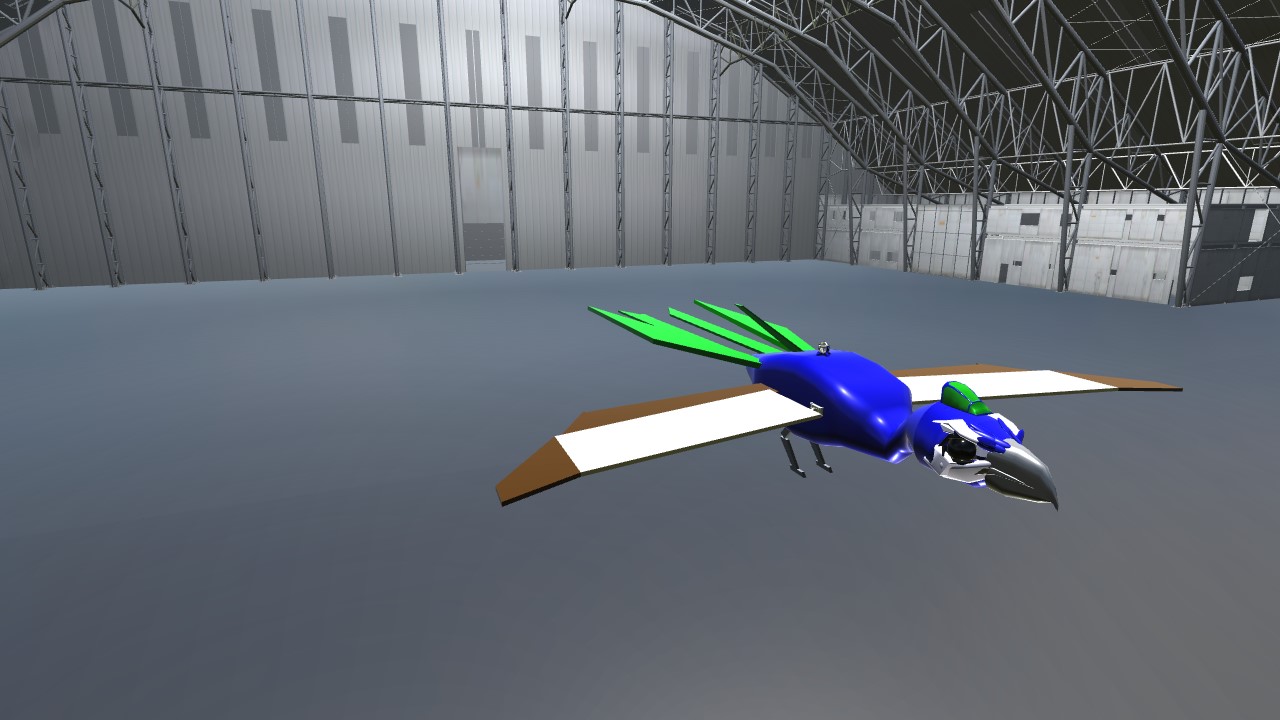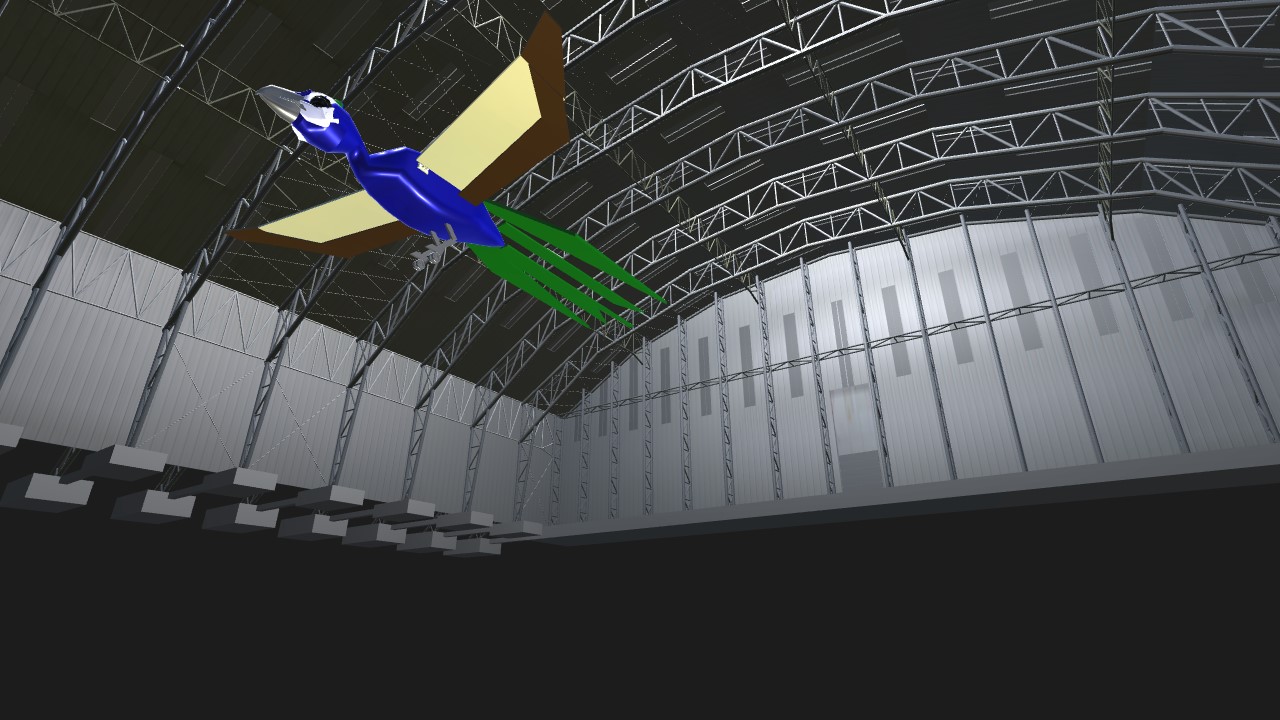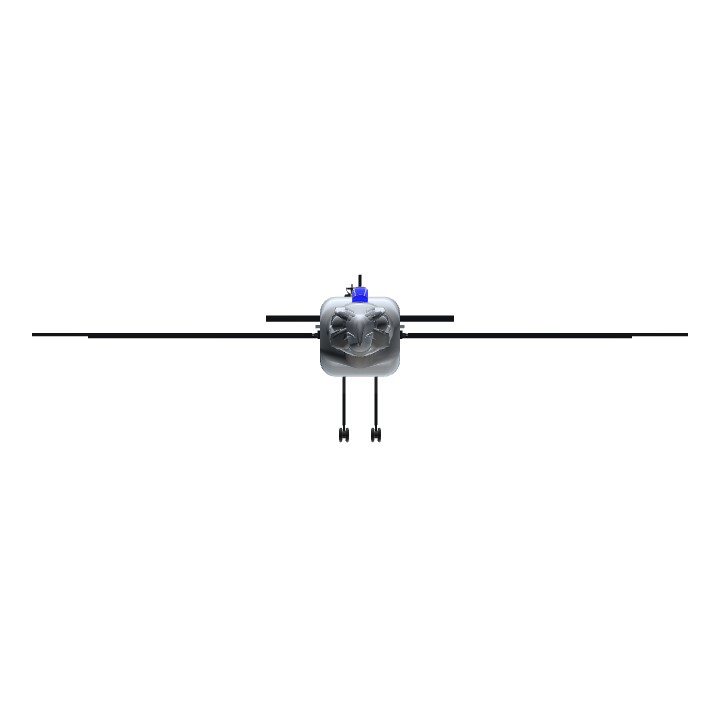The Indian peafowl (Pavo cristatus), also known as the common peafowl, and blue peafowl, is a peafowl species native to the Indian subcontinent. It has been introduced to many other countries.
Indian peafowl display a marked form of sexual dimorphism. The peacock is brightly coloured, with a predominantly blue fan-like crest of spatula-tipped wire-like feathers and is best known for the long train made up of elongated upper-tail covert feathers which bear colourful eyespots. These stiff feathers are raised into a fan and quivered in a display during courtship. Despite the length and size of these covert feathers, peacocks are still capable of flight. Peahens lack the train, have a white face and iridescent green lower neck, and dull brown plumage. The Indian peafowl lives mainly on the ground in open forest or on land under cultivation where they forage for berries, grains but also prey on snakes, lizards, and small rodents. Their loud calls make them easy to detect, and in forest areas often indicate the presence of a predator such as a tiger. They forage on the ground in small groups and usually try to escape on foot through undergrowth and avoid flying, though they fly into tall trees to roost.
The function of the peacock's elaborate train has been debated for over a century. In the 19th century, Charles Darwin found it a puzzle, hard to explain through ordinary natural selection. His later explanation, sexual selection, is widely but not universally accepted. In the 20th century, Amotz Zahavi argued that the train was a handicap, and that males were honestly signalling their fitness in proportion to the splendour of their trains. Despite extensive study, opinions remain divided on the mechanisms involved.
The bird is celebrated in Hindu and Greek mythology and is the national bird of India. The Indian peafowl is listed as of Least Concern by the International Union for Conservation of Nature (IUCN).

Controls: VTOL down to open beak. Need help attaching the covert and secondary feathers to the main wing.
Specifications
General Characteristics
- Predecessor Free to use birb head
- Created On Windows
- Wingspan 67.0ft (20.4m)
- Length 73.8ft (22.5m)
- Height 17.2ft (5.3m)
- Empty Weight 12,773lbs (5,793kg)
- Loaded Weight 14,235lbs (6,457kg)
Performance
- Power/Weight Ratio 2.841
- Wing Loading 15.7lbs/ft2 (76.6kg/m2)
- Wing Area 907.5ft2 (84.3m2)
- Drag Points 2874
Parts
- Number of Parts 124
- Control Surfaces 5
- Performance Cost 462






@Crophopper This can be done using the overloading mod, for this you need to find the line "disable aircraft collisions" and change it from "false" to "true" , and then move the fuselage block to the wing, then it will be easy to attach feathers to it, and it will not break